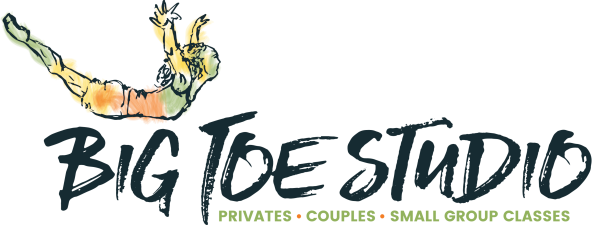During our Pilates classes, we breathe deeply, stretch our muscles, and pay close attention to our bodies. We find and celebrate our physical strengths, and increase awareness of weaker areas to improve them. We use control and concentration to connect our minds and bodies.
This newfound awareness doesn’t end when we exit the studio.
Most of us who do Pilates find our daily lives changed. We learn that injury and weakness result from many things: our desk-bound jobs, sedentary lifestyles, and lack of exercise. As Pilates makes us aware of these pitfalls, we go about our routine activities — brushing our teeth, pulling on our socks, sitting in front of computers, cooking, cleaning, and driving — with greater, newfound attentiveness. We are now conscious of our abs, shoulders, necks, and posture. We ask ourselves new questions: Are we comfortable? Do we feel tension? Can we stand a little straighter, bring our shoulder blades closer together, pull our stomachs in? We strive to be tall, strong, and symmetrical.
This mindfulness is not an accident — the precise, flowing movements of Pilates were designed to make our minds more aware of our bodies. Joseph Pilates said that his exercise system is about “the complete coordination of body, mind, and spirit.”
So, as you practice Pilates, remember that it not only helps tone and strengthen your body — it also changes your brain.
